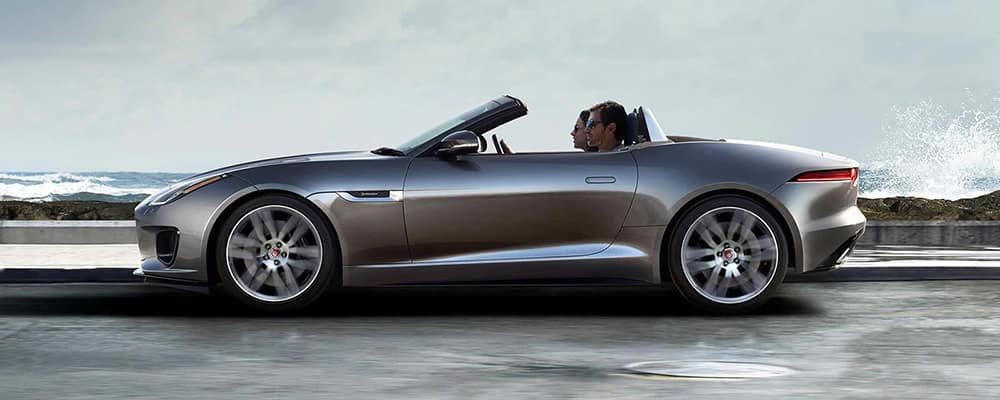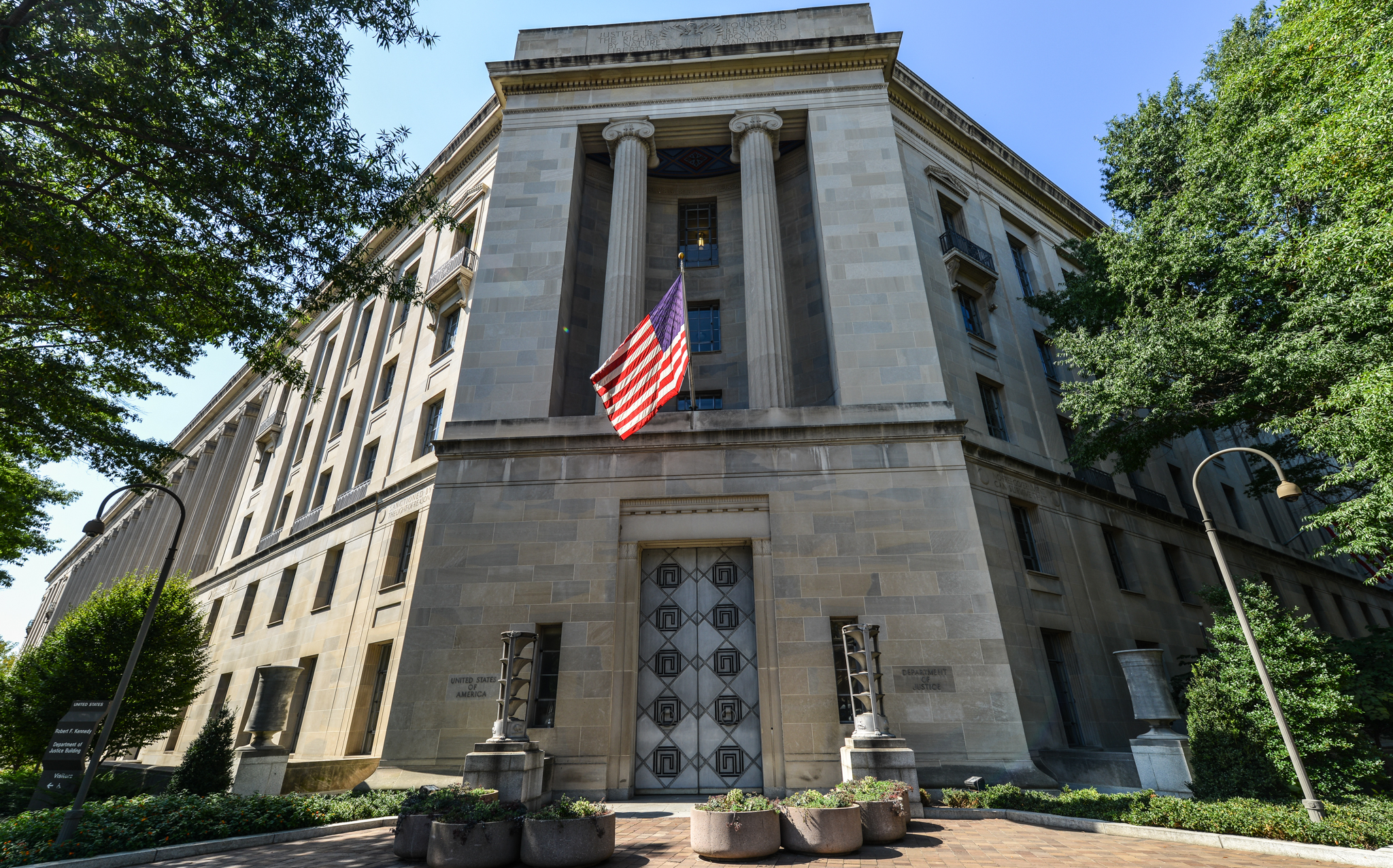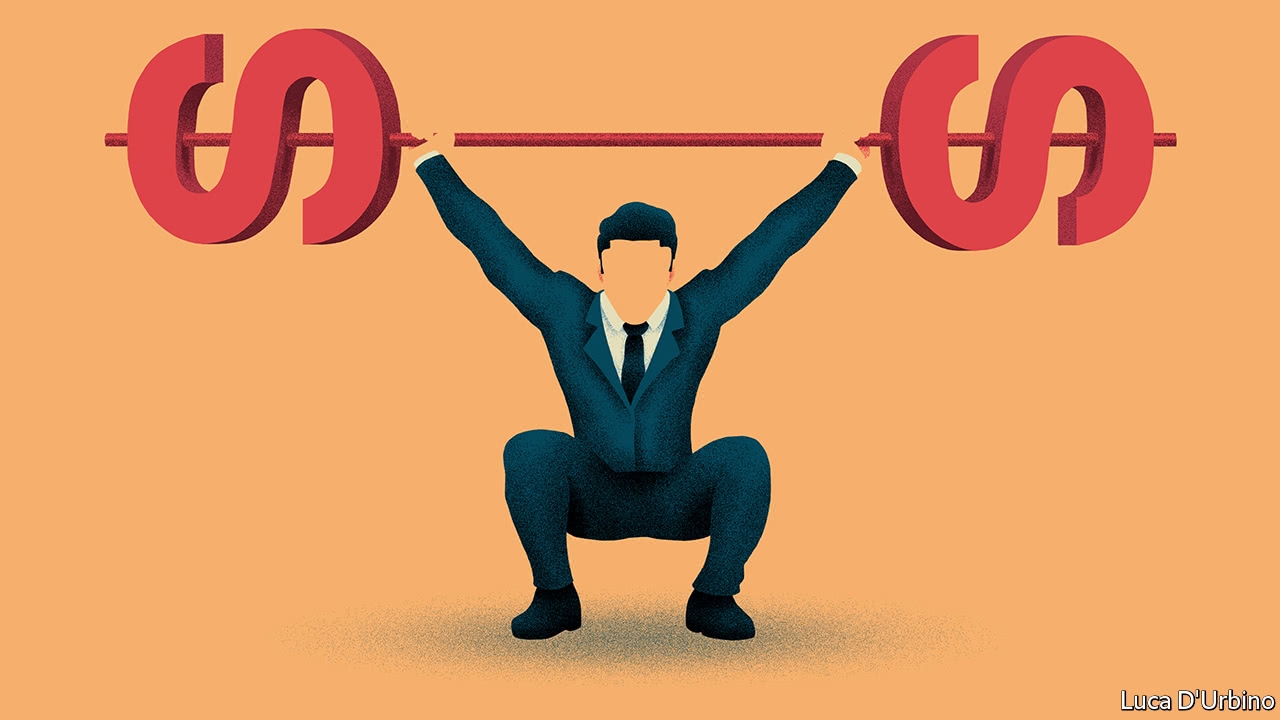
PALLAVI MURTHY – 16 MARCH 2022
EDITOR: ANIKA SRIVASTAVA
The common advice on buying cars is “new cars are a bad investment.” Simply driving a car out of the dealership to your house can cause it to depreciate in value by 10%.
However, in the past year, it has become increasingly hard for many people to even find, let alone afford new cars. The New York Times reports of people flying more than 500 miles to buy a new car. And more worryingly, prices are not declining.
Like many of the disruptions of the past two years, this phenomenon has its roots in the beginning of the COVID-19 pandemic. The pandemic shut down schools, movie theaters, offices, and restaurants as people avoided the many variants of the contagious disease. The United States entered a recessionary period, reaching the highest unemployment rate since the Great Depression. Auto production came to a screeching halt, as factories shuttered. Demand for new cars barely existed as people with jobs worked from home, and the unemployed could no longer afford new cars.
But the situation has changed since early 2020. The unemployment rate has been decreasing, while GDP growth is increasing. The economy rebounded as places started opening up. But car prices still remain at record high. The supply of cars is not meeting the very high demand. If the economy and most industries are climbing their way back to pre-pandemic levels of activity, why has the auto industry not recovered?
The quick rebound of the economy explains the very high demand for cars. As the unemployment rate decreased and offices opened up, more people needed cars to commute. Additionally, as the government sent out stimulus checks, people were able to afford a car more easily. Demand for cars has grown as people have become more prosperous.
Car rental services also have a unique role in the high demand for cars. At the initial stages of the pandemic, international travels more or less collapsed. Air travel was down almost 60%. The need to rent cars decreased as people avoided travel and stayed in their homes. Car rental agencies were losing money by keeping their unrented cars in parking lots. Rental agencies sold most of their cars to stay afloat as the travel industry took a hit. More than 770,000 rental cars were sold during this period. While selling cars meant they were able to survive the economic downturn, it left them scrambling for new cars as travel and offices bounced back.
At the crux of this shortage of new cars is the semiconductor shortage. Semiconductors are used in a variety of devices, from phones to laptops to cars. In automobiles, they are important for many essential safety features and power management. At the beginning of the pandemic, demand for technology rose as people became reliant on more technological devices for communication. This meant that the demand for semiconductor chips grew as well, so many companies stockpiled chips. This reduced the supply of chips integral to the production of cars.
To make matters worse, natural disasters interfered with the production of chips. Winter storms in Texas shut down semiconductor factories due to power disruptions. Fire in a Japanese semiconductor factory delayed the production of many essential chips. To top it all off, increased shipping costs due to complex supply chain issues worsened this shortage of semiconductor chips. With long delivery times and expensive prices, the auto industry was struggling to get essential chips for their cars.
Political activity at the Canadian border has not alleviated this issue for automakers in the United States. Canadian truckers protesting vaccination requirements shut down the Ambassador Bridge, which connects Detroit, Michigan with Ontario. This route normally carries $300 million worth of goods each day, about one third of these goods pertaining to the auto industry. Lasting for nearly a month, the blockade affected the activities at the Toyota and Ford Motors factories in Michigan. Shifts were canceled and manufacturing briefly stopped, further delaying the production of much demanded new cars.
Notably, these rising prices have affected the very nature of buying a car. Haggling and negotiations are now a thing of the past. Almost all bargaining power lies with the auto industry. Additionally, the used car market is booming in response to the shortage of new cars. Used car prices have risen almost 40% since March 2020. It has never been more profitable to sell your car. However this has disrupted the plans for many teenagers and parents hoping to snag an affordable used car. These rising car prices are changing our relationship with cars, as we can no longer take their availability for granted.
Estimates are that this shortage and high prices will continue well into 2022. Used car prices are predicted to behave like pre-pandemic times by the end of 2022. It is expected that used cars will start depreciating with added miles as they did before the pandemic. However, do not expect a dramatic decline of prices. Prices will only drop if demand decreases or there is an extreme surplus of cars on the market, both of which are unlikely. 2019 prices might just be a thing of the past.
Auto manufacturers have been dealing with these issues in multiple ways. Due to the microchip shortage, many alterations are being made to existing features. For example, many manufacturers are including analog instead of digital speedometers. Tesla chose to rewrite software to deal with changing supply of chips. Companies like Ford and General Motors are optimistic, and expect the supply of chips to increase in the second half of 2022. Automotive chip makers, however, still predict supply limitations to persist far into 2022. This means that it will be quite some time before the supply of cars catches up to demand.
The shortage of cars will not be a permanent problem, however it is imperative to realize that average prices might still continue to rise. Consumers nowadays are constantly looking for cars with more luxurious, practical, and sustainable features. As a result, pricey SUVs and efficient electric vehicles are growing popular among car-shoppers in the United States. Therefore, average prices may continue to slope higher, far beyond current levels caused by the shortage. As the car, a formerly ubiquitous good, becomes more and more unattainable, questions about what the most efficient mode of transportation really is begin to arise.
Featured Image Source: Jaguar Annapolis
Disclaimer: The views published in this journal are those of the individual authors or speakers and do not necessarily reflect the position or policy of Berkeley Economic Review staff, the Undergraduate Economics Association, the UC Berkeley Economics Department and faculty, or the University of California, Berkeley in general.



